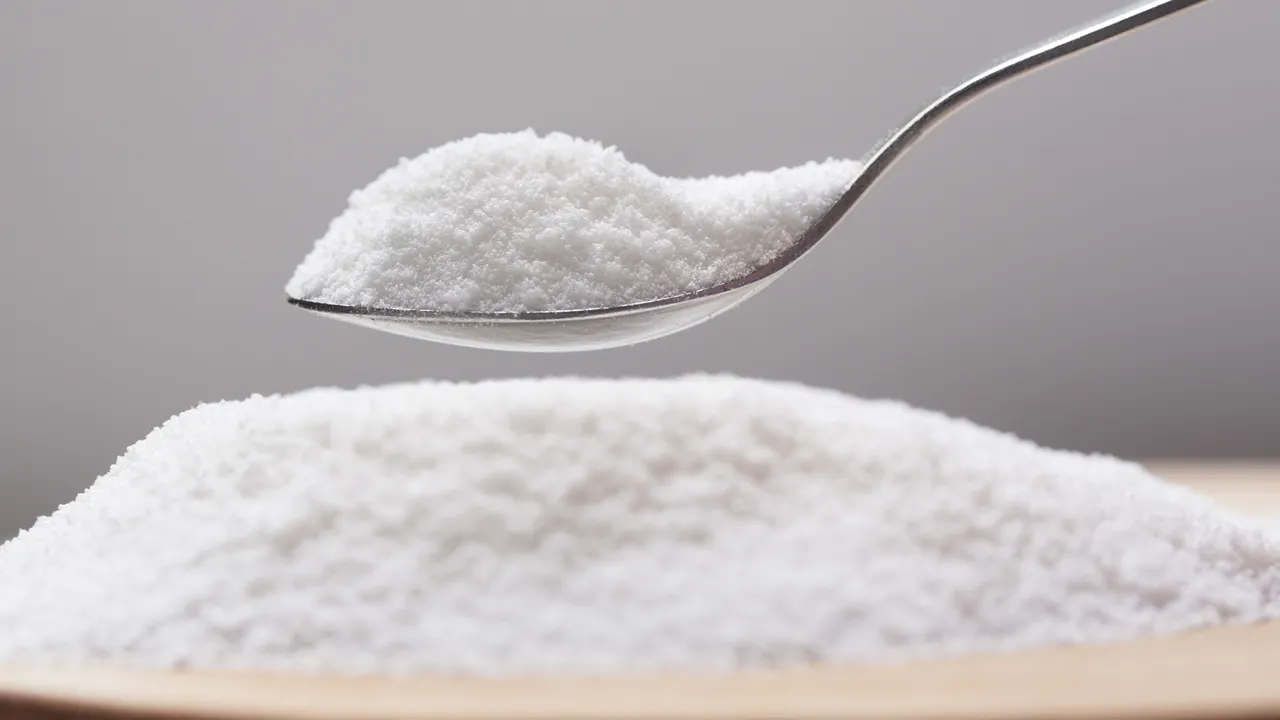Unpacking the Sweet Deception: How Sugar Substitutes May Fuel Your Appetite
In a groundbreaking study published this month in Nature Metabolism, researchers discovered that sugar substitutes—long touted as a healthier alternative—may trick the brain into increasing cravings and appetite. The study, conducted by neuroscientists at Yale University, reveals how artificial sweeteners alter brain function, potentially undermining weight management efforts and raising new concerns about their role in modern diets.
The Science Behind Sugar Substitutes and Cravings
The research team used functional MRI scans to observe brain activity in participants who consumed either sugar or artificial sweeteners like aspartame and sucralose. Surprisingly, the sweeteners activated reward centers in the brain similarly to sugar but failed to satisfy hunger signals. “The brain expects calories when it detects sweetness,” explains lead researcher Dr. Sarah Lin. “When those calories don’t arrive, it triggers compensatory eating.”
Key findings include:
- Increased activity in the amygdala, a region linked to emotional eating, after sweetener consumption.
- Reduced suppression of ghrelin, the “hunger hormone,” compared to sugar intake.
- Higher calorie intake at subsequent meals among sweetener users—up to 20% more than sugar consumers.
Expert Reactions: A Divided Debate
Nutritionists remain split on the implications. Dr. Emily Carter, a dietitian unaffiliated with the study, warns, “This could explain why some people struggle with weight loss despite switching to diet sodas.” However, industry advocates like the Calorie Control Council argue that sweeteners “remain a valuable tool for reducing sugar intake when used responsibly.”
Meanwhile, epidemiological data paints a murkier picture. A 2022 meta-analysis in The BMJ associated long-term sweetener use with a 14% higher risk of type 2 diabetes, though causation remains unproven.
Historical Context and Public Perception
Artificial sweeteners surged in popularity during the 1980s low-fat craze, with saccharin and aspartame dominating shelves. Today, they’re a $7.2 billion global market, embedded in everything from yogurt to toothpaste. Yet consumer trust has wavered amid conflicting studies—from cancer scares in the 1970s to recent links with gut microbiome disruptions.
“The pendulum keeps swinging,” notes food historian Dr. Mark Reynolds. “We embraced sweeteners to escape sugar’s harms, but now we’re realizing the brain isn’t easily fooled.”
Practical Implications for Consumers
For those seeking alternatives, experts suggest:
- Moderation: Use sweeteners sparingly rather than as a daily crutch.
- Whole foods: Satisfy sweet cravings with fruits like berries or apples.
- Mindful eating: Pay attention to hunger cues after consuming artificially sweetened products.
The Road Ahead: Research and Regulation
The study’s authors urge further investigation into how different sweeteners affect diverse populations. Regulatory agencies may also need to revisit labeling standards. “Currently, labels don’t warn about potential appetite effects,” says Dr. Lin. “Transparency is critical.”
As research evolves, one truth becomes clear: the quest for a guilt-free sweetener is far from over. For now, consumers must weigh the trade-offs—between cutting sugar and potentially feeding cravings.
Call to Action: Stay informed by subscribing to our health newsletter for updates on nutritional science and evidence-based dietary advice.
See more WebMD Network



